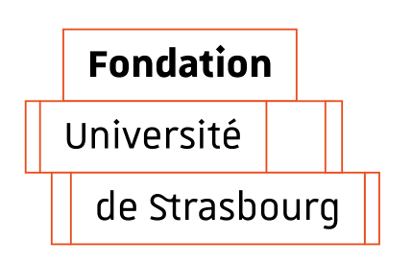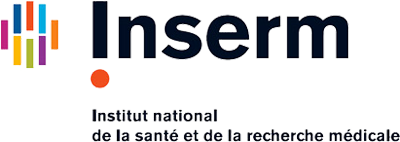Large scale seismic imaging
- Cours (CM) -
- Cours intégrés (CI) 24h
- Travaux dirigés (TD) -
- Travaux pratiques (TP) -
- Travail étudiant (TE) -
Langue de l'enseignement : Anglais
Enseignement proposé en : en présence
Niveau de l'enseignement : B2-Avancé - Utilisateur indépendant
Description du contenu de l'enseignement
In this course we will cover theoretical and applied aspects of seismic surface-waves: definition; dispersion (measurement and analysis); sensitivity to Earth structure; reconstruction from seismic noise correlation; use in tomography. The course will contain both theoretical lessons and practical work, using Python notebooks to analyze real seismic data.
Compétences à acquérir
This course will enable students to:
- Understand surface-waves as a possible solution of the elastic wave equation.
- Draw and analyze surface-wave phase and group velocity dispersion curves.
- Make group velocity measurements on surface-waves.
- Understand how we can obtain surface-wave Green’s functions between two seismic stations by correlating seismic noise.
Bibliographie, lectures recommandées
Stein& Wysession (2003). An Introduction to seismology, earthquakes, and Earth structure. Blackwell publishing.
Peter Shearer (2009). Introduction to seismology, 2nd edition, Cambridge University Press
Peter Shearer (2009). Introduction to seismology, 2nd edition, Cambridge University Press
Pré-requis recommandés
Students should already be familiar with the elastic wave equation, body-wave seismology (P and S-waves, refraction, reflection), signal processing (filtering, correlation), and inverse methods (linear and non-linear).
Contact
Responsable
Alessia Maggi
MASTER - Sciences de la Terre et des planètes, environnement






